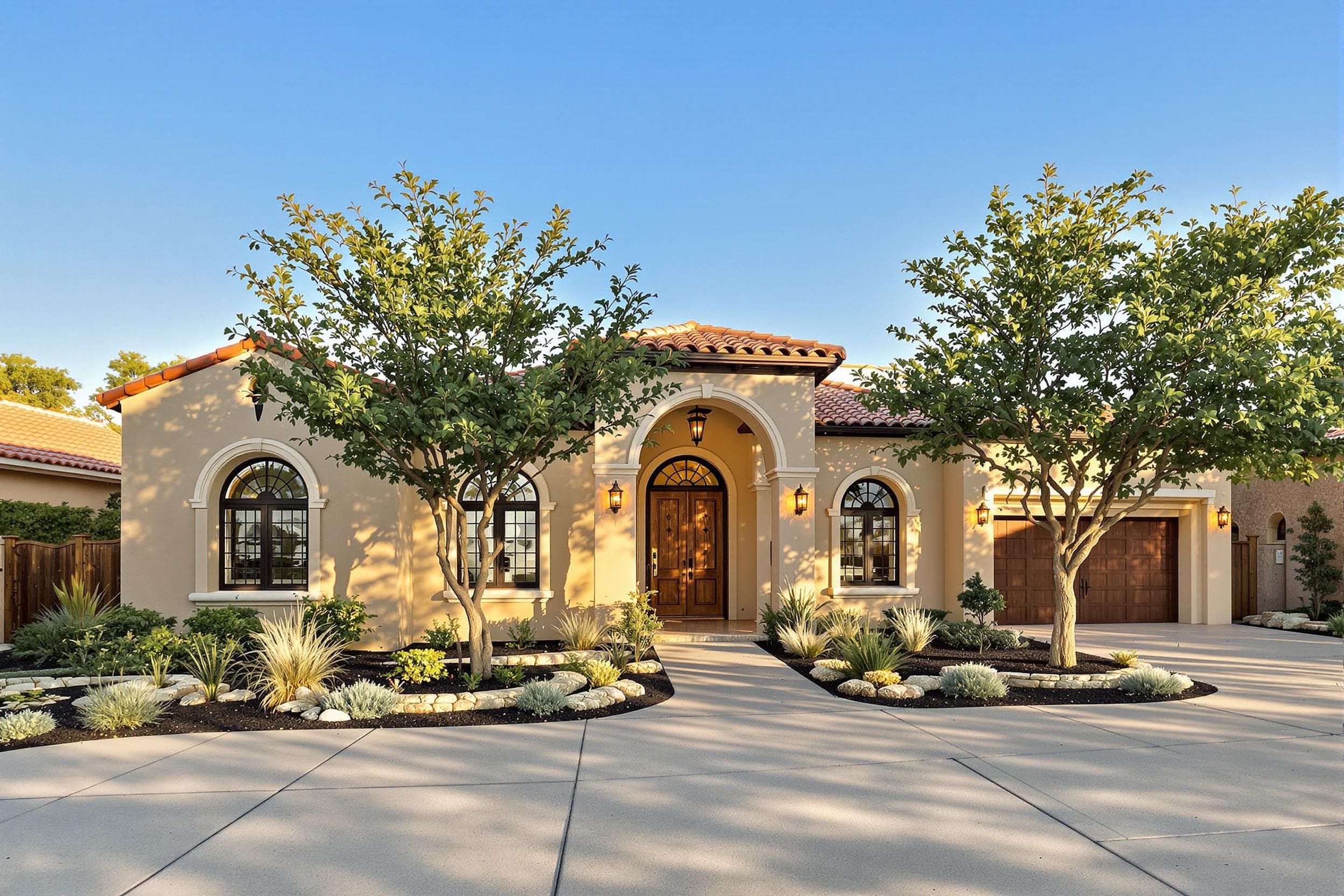San Antonio's real estate market is heating up, and savvy investors are taking notice. With its strong job market, growing population, and relatively affordable housing prices, the Alamo City presents exciting opportunities for house flippers. Let's dive into everything you need to know to succeed in this dynamic market.
Understanding the San Antonio Market
Before jumping into your first flip, it's crucial to understand San Antonio's unique real estate landscape. The city's diverse neighborhoods each offer different opportunities, from historic homes near downtown to newer developments in the suburbs. Just like we've seen in properties in up-and-coming neighborhoods, location plays a huge role in determining flip potential.
Hot Neighborhoods for Flipping
- Alamo Heights - Historic homes with high-end potential
- Government Hill - Up-and-coming area with affordable properties
- Monte Vista - Character-rich homes attracting young professionals
- Stone Oak - Suburban properties with strong family appeal
- Tobin Hill - Growing popularity among millennials
Finding the Right Property
Success in house flipping starts with finding the right property at the right price. You'll want to look for homes that need work but aren't complete teardowns. The sweet spot? Properties that need cosmetic updates and minor repairs rather than major structural work.
Key Factors to Consider
- Purchase price below market value
- Solid structural foundation
- Functional layout that appeals to modern buyers
- Room for value-adding improvements
- Location in an area with strong resale potential
As you shop around, you can run any property through Frontflip to instantly learn its "Flip Potential".
Budgeting and Financial Planning
Your flip's success hinges on accurate budgeting. The 70% rule is a good starting point: never pay more than 70% of the After Repair Value (ARV) minus renovation costs. Similar to what we've seen in successful flip projects, setting aside $30K to $50K for renovations can help achieve optimal returns in many neighborhoods.
Common Expenses to Consider
- Purchase costs (including closing costs)
- Renovation expenses
- Holding costs (utilities, taxes, insurance)
- Marketing and selling costs
- Buffer for unexpected issues (usually 10-20% of renovation budget)
Smart Renovation Strategies
Focus on improvements that deliver the biggest bang for your buck. Modern buyers in San Antonio are particularly interested in updated kitchens and bathrooms, similar to what we've observed in other successful flips.
High-ROI Improvements
- Kitchen updates (new countertops, cabinets, appliances)
- Bathroom renovations
- Fresh paint throughout
- New flooring
- Enhanced curb appeal
- Energy-efficient features (particularly important in Texas heat)
Learn what the highest ROI renovation strategy instantly by using Frontflip to generate a Flip Potential Report.
Working with Contractors
Building a reliable team is crucial for successful flipping. San Antonio has plenty of contractors, but finding the right ones takes work. Get at least three bids for each major project, check references, and verify licenses and insurance.
Tips for Contractor Management
- Create detailed work specifications
- Set clear timelines and milestones
- Get everything in writing
- Schedule regular progress checks
- Maintain open communication channels
Marketing Your Flip
Once renovations are complete, it's time to sell. San Antonio buyers are increasingly tech-savvy, so a strong online presence is essential. Professional photos and virtual tours can make your listing stand out in a competitive market.
Effective Marketing Strategies
- Professional photography and staging
- Compelling property descriptions
- Social media marketing
- Open houses (particularly effective in family-friendly neighborhoods)
- Targeted online advertising
Common Pitfalls to Avoid
Even experienced flippers can make mistakes. Being aware of common pitfalls can help you avoid costly errors in your San Antonio flipping journey.
- Overimproving for the neighborhood
- Underestimating renovation costs
- Ignoring local market conditions
- Skipping proper inspections
- Poor timing of listing (consider seasonal market fluctuations)
Legal and Regulatory Considerations
San Antonio has specific building codes and permit requirements that flippers must follow. Working with experienced professionals who understand local regulations can help avoid costly delays and legal issues.
Key Legal Considerations
- Building permits and inspections
- Historic district regulations
- Zoning requirements
- Disclosure laws
- Contractor licensing requirements
Success in San Antonio's house flipping market requires careful planning, solid execution, and attention to detail. By understanding the local market, making smart renovation choices, and working with reliable professionals, you can maximize your chances of a profitable flip. Remember, each project is a learning opportunity, and experience will help you refine your strategy over time.
Start small, learn from each project, and gradually build your flipping business. With patience and persistence, San Antonio's real estate market offers plenty of opportunities for successful house flips.
If you're looking at homes and thinking about buying as an investment, whether to flip and sell or as rental income, try out Frontflip for free.
